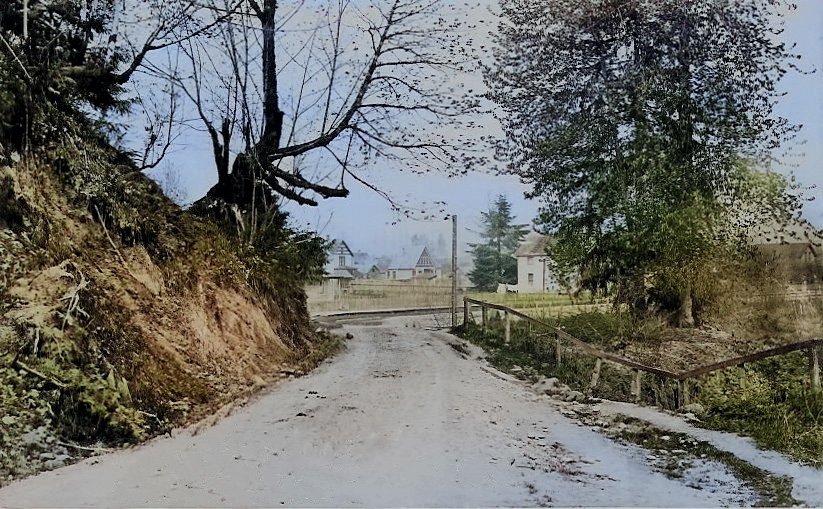The Early Settlers and Foundations of Castle Rock
The story of Castle Rock begins in 1852 with a band of settlers, including the Huntington family, journeying from St. Joseph, Missouri, to the Cowlitz Valley. They sought new beginnings in a land already marked by earlier claims, pushing north to establish their homesteads on the banks of the Cowlitz River. The town's name, inspired by the towering presence of a castle-like rock, was the first of many legacies left by these pioneers.
A Growing Community
The following year, 1853, saw an influx of settlers via the Oregon Trail, enriching the nascent community. Among them were Henry and Elizabeth Jackson from Illinois, with their sons and Elisha's wife, Cynthia. They settled on the west side of the Cowlitz River, contributing to the expanding settlement that would become Castle Rock. The Cagle family also arrived that year, following the same arduous trail in search of a new home.
The first Christian (Campbellite) Church, opened in the fall of 1853, with William Huntington serving as an elder, became a cornerstone for the settlers' spiritual lives. Henry Jackson's colonial-style home, constructed in 1854 near Scantigrease Creek, doubled as "Jackson Inn" and "Jackson Hall," hosting the first Restoration Church services in Washington State.
Infrastructure and Development
The appointment of William Huntington as postmaster in 1854 marked a significant advancement in connecting Castle Rock with the broader world. Mail was transported by canoe 12 miles down river to and from Monticello (now Longview), demonstrating the ingenuity and determination of the community to establish robust communication networks.
The creation of Cowlitz County in 1854, with Monticello as its county seat, further solidified the region's administrative and community structure, even as the county seat would shift in the years to come, eventually moving to Kelso.
Legacy of Perseverance and Community
Castle Rock's origins are deeply rooted in stories of perseverance, community, and the vision of its earliest settlers. The Huntington and Jackson families, among others, laid the foundations of a town that would grow beyond the rugged landscapes to become a thriving community. Their homes, the church they established, and the postal service they initiated are testaments to their enduring legacy.
As Castle Rock evolved, so did the landmarks and institutions that the pioneers established. The transformation of Huntington Avenue into the Pacific Highway, and the eventual bypass of the town by the I-5 freeway, are chapters in the ongoing story of a community that began with a few families seeking a new life in the Cowlitz Valley. The spirit of those early settlers — their resilience, their faith, and their commitment to community — continues to define Castle Rock, a town with deep roots and a rich history woven by the hands of those who saw potential in a rugged landscape.



